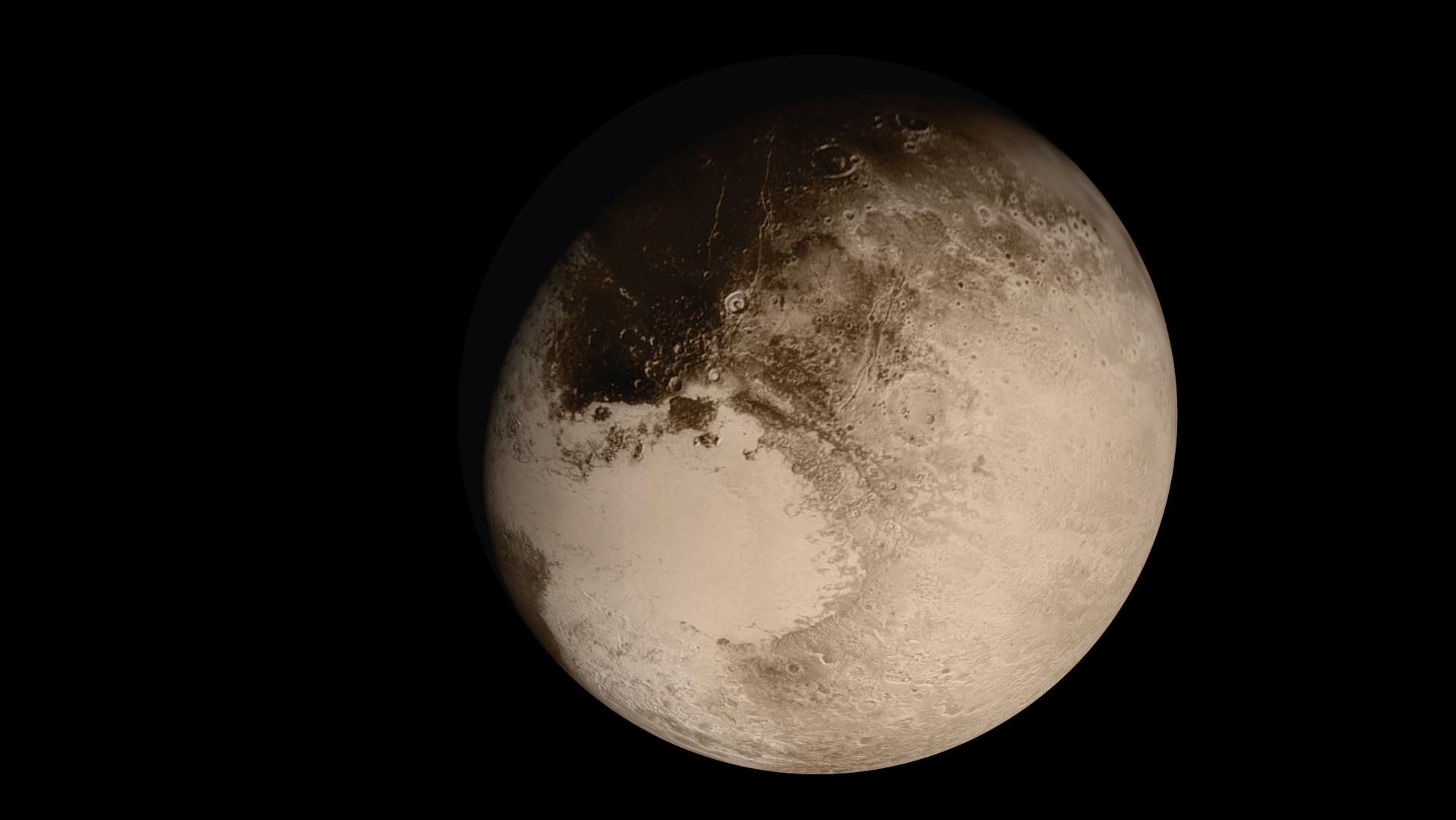Our Solar System
This is an educational cache series based on one in Auckland, NZ which was great fun, and actively interesting.
The basis of the cache series is to understand the relative orbits of the planets around our sun. The Sun is the Solaris Sundial located in Argyle Court in Carlton. An amazing area and a great way to pass the time. You in fact will never be without the time again at this location.
The premise of the series is the AU or Astronomical Unit. It is the (average) distance from the Sun to the Earth. This approximately 149,600,000 km, so the map you will describe when visiting the caches is a 1:149,600,000 scaled representation of the solar system, thus 1AU is 1km. You will find each of the planets in their (approximate) place at a distance from the Solaris Clock.

Each cache in the series is a planetary body. These of course are:
Purists and astrophysicists may also argue that the asteroid belt and Kuiper belt are also worth mentioning, as are some of the other planetoids. For the sake of this series, we will stick with the "main" ones. If you want to learn more though, who am I to stop you!
 Pluto
Pluto
This the last planet in our solar system, although now considered more to be a "dwarf planet". Interestingly, Pluto's centre of gravitational mass is shared outside the planet surface with it's largest moon, Charon. It's also the most recently visited object, with the spacecraft New Horizons visiting in late 2015.
To find out much more about the planet, visit the Wikipedia page.
Quick facts:
- Distance from Sun 39.5 (average) AU
- Has an eliptical orbit
- Discovery confirmed on March 30, 1930
- Is a binary "system"
- Orbits the sun every 248 years
- Temperature averages 44K making it the coldest planet in our solar system.
- Named after the Greek god of the underworld.
- Check out Nasa's Pluto page for amazing pictures.